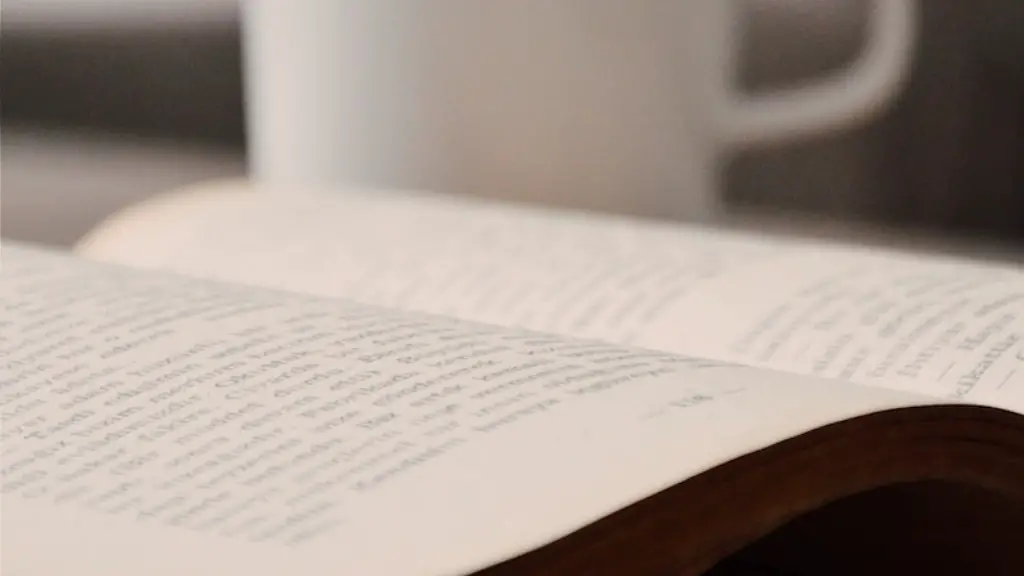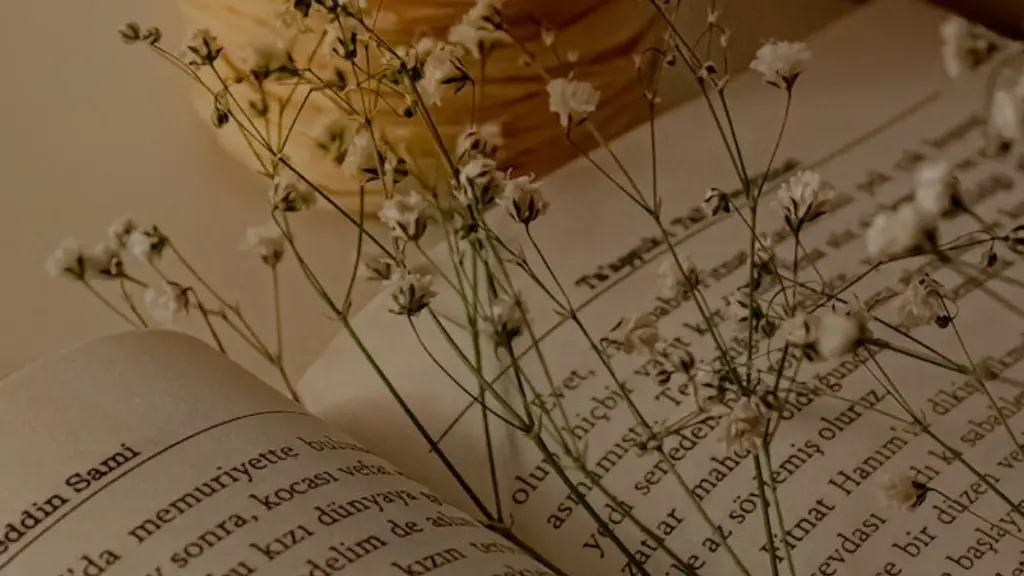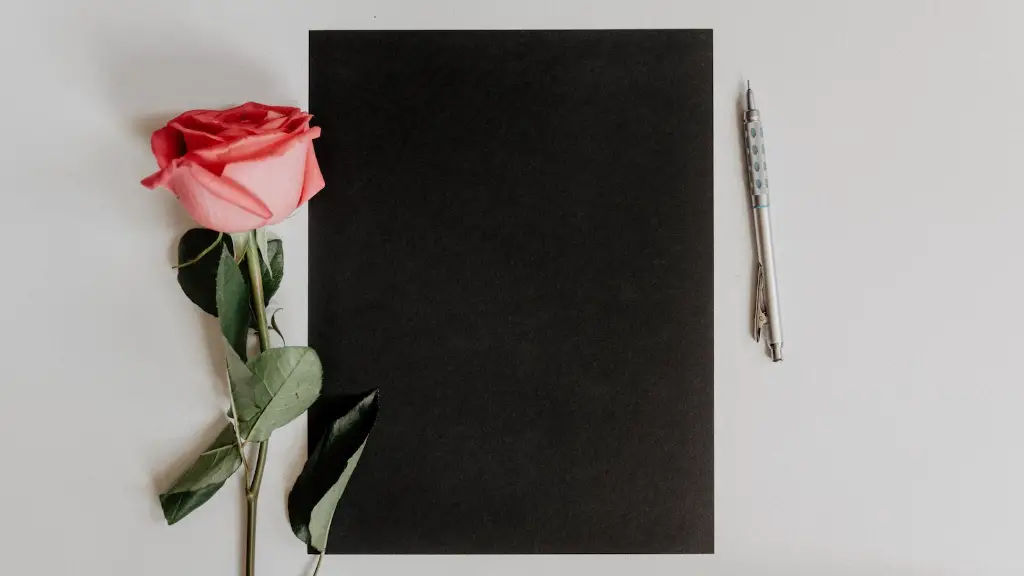What is Visual Poetry
Visual poetry is a form of art that uses aesthetics and layout to create meaning. Visual poetry can be found in music videos, photographs, sculptures, and other visual arts. The idea of visual poetry has been around since ancient times, but the term visual poetry was first coined in the late 1950s by artist and poet Marjorie Welish.
Visual poetry uses a combination of text, image, and graphic design to express ideas and feelings. For example, a poem may be written with the words arranged in a circle or spiral pattern. The poem could then be accompanied by images or colors that represent the thematic meaning of the poem. The visual elements used in visual poetry are used to challenge readers and make them question their own interpretation of the visuals.
Visual poetry has become increasingly popular in the digital age because it allows poets to communicate their ideas in a fresh and creative way. Visual poetry can also be used to convey complex ideas in a simple way. Visual poetry is often used to create artwork that is visually interesting and thought-provoking.
Visual poetry is a form of conceptual art that uses visual elements to tell a story or evoke emotion. Visual poets rely on words, images, symbols and shapes to create meaning. There are many different forms of visual poetry, including free-verse, concrete, found-poetry, haiku, and many more. Each form of visual poetry has different characteristics and definitions, and the type of visual poetry used depends on the type of message a poet is trying to convey.
Many visual poets use visual elements to make a statement or tell a story. For example, some poets use irony and satire to criticize certain issues or behaviors. Other poets use visuals to create a feeling or emotion. Through these visuals, poets are able to evoke powerful emotions in their readers. Graphical elements are also used to create a feeling or atmosphere.
The visual elements used in visual poetry can be either abstract or realistic. Abstract visuals are created by using symbols and shapes to represent ideas and emotions that are hard to express in ordinary language. On the other hand, realistic visuals are created with the use of photographic images and visuals that capture the atmospheres and emotions of a specific time and place.
History of Visual Poetry
Visual poetry has been around since ancient times. For example, the Greek poet Sappho is credited with one of the oldest known forms of visual poetry. She wrote poetry into the shape of a lyre. Visual poetry also exists in many cultures and has become an important part of many creative and literary traditions. In the 19th century, a group of French poets, known as the Symbolists, used visual elements in their poetry to express their beliefs and feelings.
The term visual poetry was first coined in 1958 by artist and poet Marjorie Welish. Since then, visual poetry has become increasingly popular and is used as a form of expression by many artists and writers. Visual poetry has also become more accessible over the years with the rise of digital media and the internet.
Benefits of Visual Poetry
Visual poetry has many benefits for poets and readers alike. Poets who practice visual poetry are able to create poems that are visually interesting and thought-provoking. Visual poetry can also be used to evoke emotions and tell stories in ways that traditional poetry cannot. Poets are also able to experiment with different forms and styles of poetry, creating a unique form of expression.
Visual poetry is also beneficial for readers. Visual poetry is often easier to understand than traditional poetry and can help readers gain new insights into the message of the poem. Visual poetry can also be more visually appealing, making it easier for readers to connect with the poem and the poet.
Types of Visual Poetry
Visual poetry comes in many forms and styles, each with its own unique characteristics. Some of the most common forms of visual poetry include free-verse, concrete, found-poetry, haiku, and many more.
Free-verse is a form of visual poetry that doesn’t adhere to any particular form or structure. Free-verse poets use visual elements to create impactful and meaningful imagery. Found-poetry is a form of visual poetry that involves putting together fragments of text to create a poem. Found-poetry poets use words and images that have been found in books, newspapers, magazines, and other sources.
Concrete poetry is a form of visual poetry that uses visual elements to create meaning. Concrete poets arrange words and letters in patterns and shapes to create interesting visuals and convey their message. Haiku is a traditional Japanese form of visual poetry that consists of three lines of five, seven and five syllables respectively. In haiku, poets typically use imagery and nature-related language to convey a message.
Techniques of Visual Poetry
Visual poets use a variety of techniques to create interesting visuals and convey a message. Some of the most common techniques used in visual poetry include the use of imagery and metaphors, the use of color and light, and the use of graphical elements.
Imagery and metaphors are a great tool for visual poets. Imagery and metaphors allow poets to describe things in vivid detail and evoke powerful emotions in their readers. The use of color and light is another way that visual poets can create visuals that are both visually appealing and meaningful. For example, warm colors are often used to create a sense of comfort and cool colors are often used to create a sense of calm.
Graphical elements, such as lines, shapes, and forms, are also used in visual poetry. Graphical elements are used to create interesting and thought-provoking visuals. Graphical elements can also be used to help explain a concept or idea in a clear and concise way.
Visual Poetry in the Digital Age
Visual poetry has become increasingly popular in the digital age. Visual poets use digital media and the internet to create their artwork. Visual poetry is also popular on social media, where poets can share their work with a larger audience.
Visual poets are also able to experiment with different forms and styles of visual poetry in the digital age. Many visual poets use digital tools to create visuals that are both visually interesting and meaningful. For example, some visual poets use software to create visuals that combine text, images, and graphics.
Visual poets are facing challenges in the digital age, as many visual poets are struggling to find ways to monetize their work. Despite this, the art of visual poetry is still thriving in the digital age due to the accessibility and potential for creativity that digital technology offers.
The Impact of Visual Poetry
Visual poetry has had a lasting impact on the literary world and continues to be a powerful form of expression. Visual poets have used their art to challenge readers and make them question their own interpretations of the visuals. Visual poetry has also been able to evoke powerful emotions in readers and challenge traditional forms of expression.
Visual poetry has also had an impact on the art world. Visual poetry has allowed poets to communicate their ideas in a fresh and creative way and has pushed the boundaries of what is considered art. Visual poetry has also become more accessible over the years with the rise of digital media and the internet, allowing poets to reach a wider audience.
Conclusions
Visual poetry is a powerful and meaningful form of expression that has existed for centuries. Visual poets use a variety of techniques and visual elements to create visuals that are both visually interesting and thought-provoking. Visual poetry has become increasingly accessible with the rise of digital media and the internet, allowing poets to reach a wider audience and experiment with different forms and styles of poetry. Visual poetry has had a lasting impact on the literary and art worlds and continues to challenge readers to think differently about visuals and the expression of ideas.


